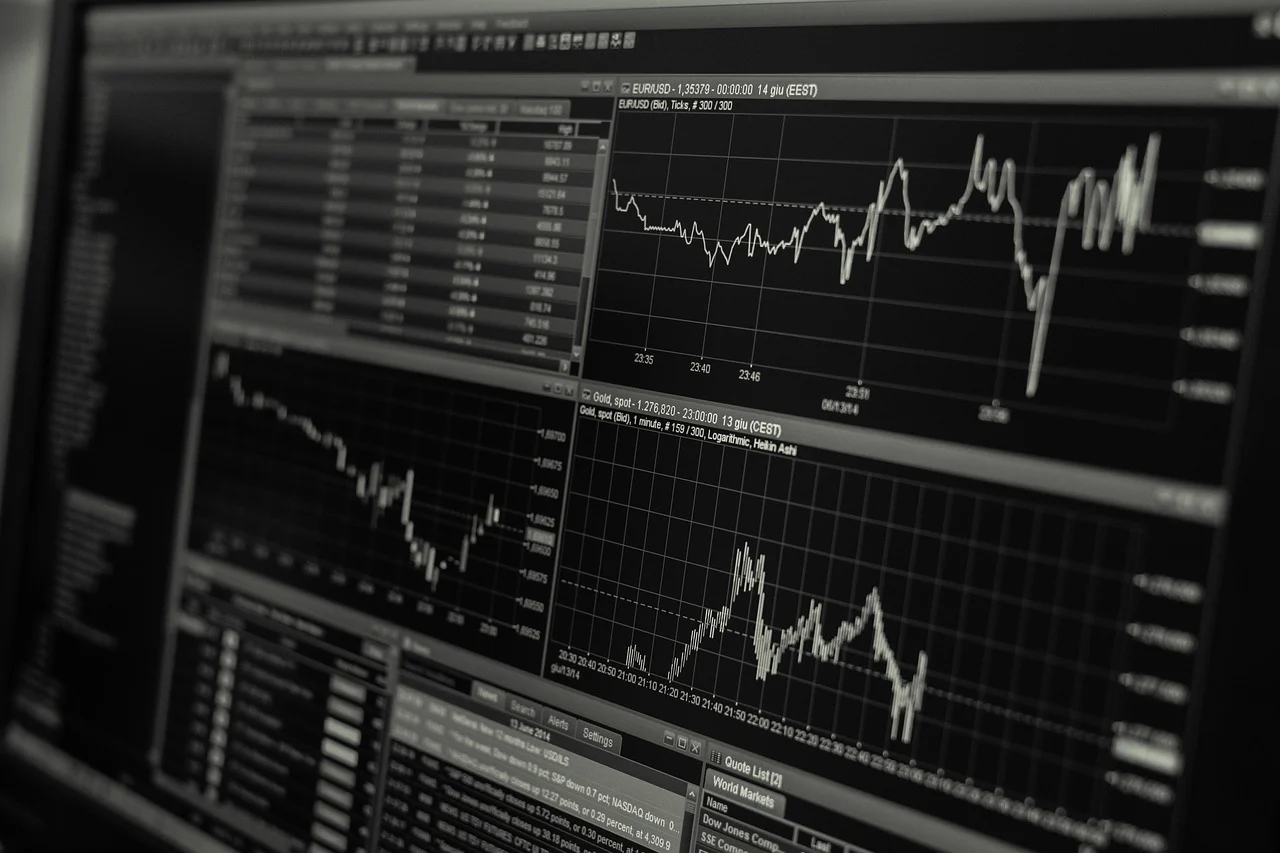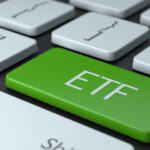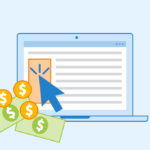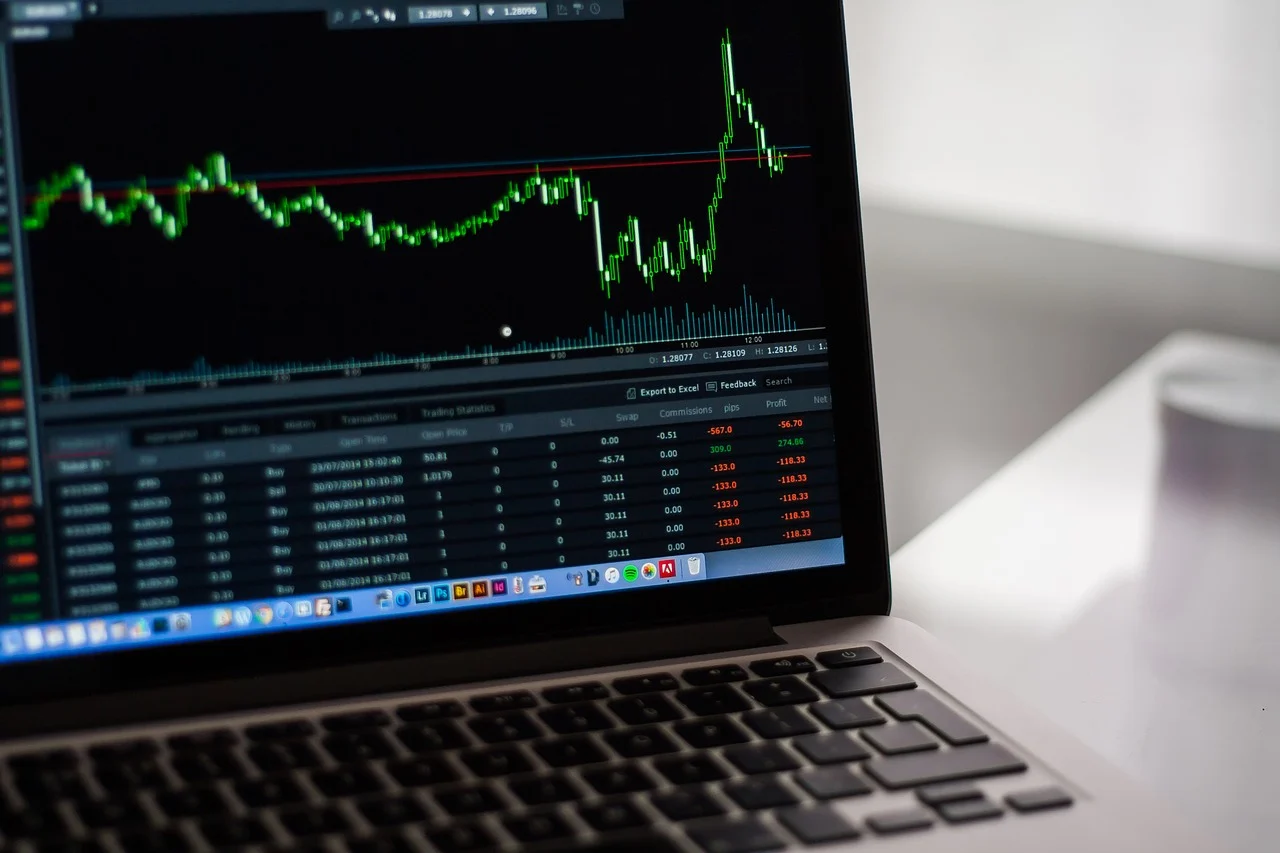Around 3 out of 4 people lose money with Forex trading. So if you don’t like these odds, you may not be interested in reading on. However, the remaining 1 in 4 traders can be quite successful on the Forex market and make a practically unlimited amount of money. Some treat it as a nice side hustle for extra money, others become full-time Forex trader. Whatever you’re planning to do, make sure to know what Forex actually is. The following will show you the key elements of Forex trading and what you need to understand to be successful with Forex.
What is Forex?
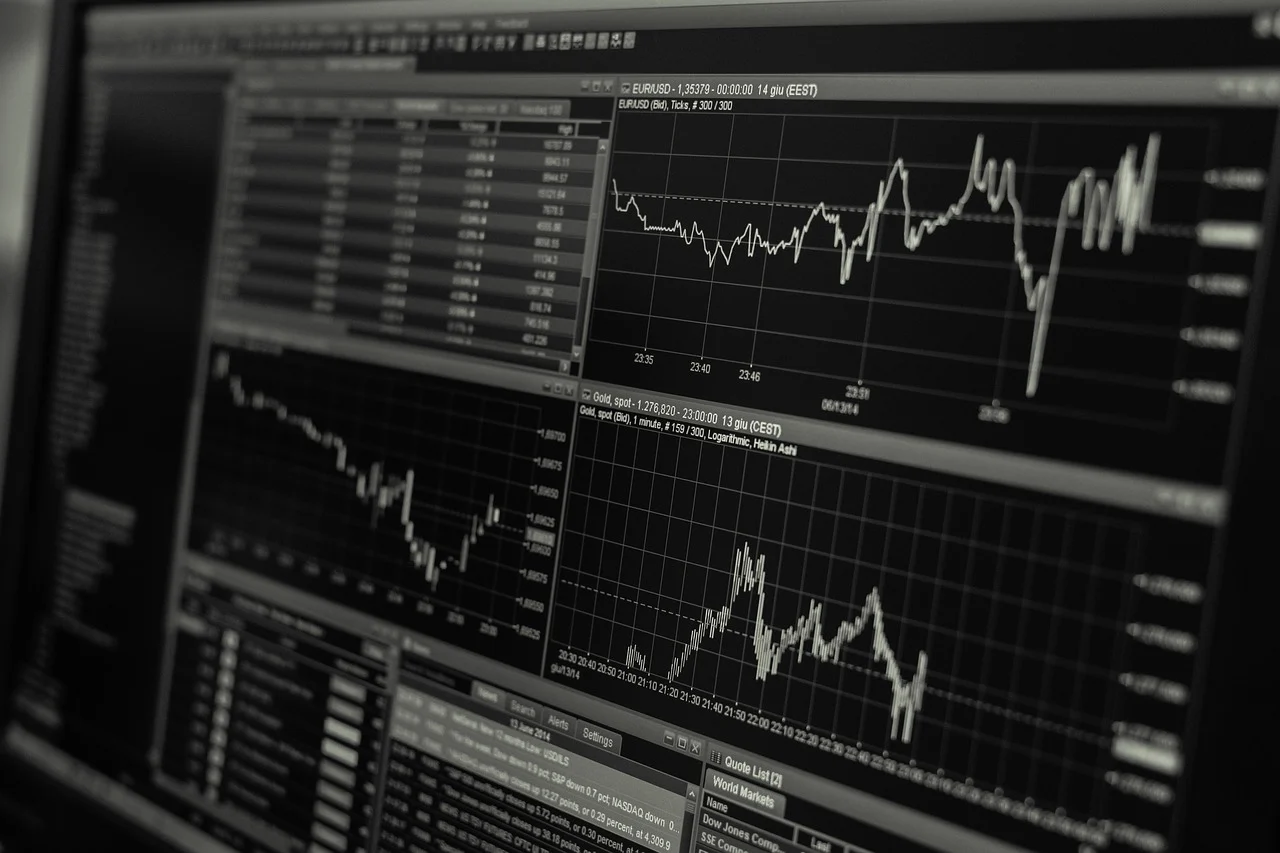
Basically, Forex (often abbreviated as “FX”) is a marketplace where investors trade currencies. The name Forex itself is derived from “Foreign Exchange”. In principle, the Foreign Exchange Market works like the stock market. You put money on what you believe will happen in the future and if the future proves you right, you make profits, if not, you make a loss.
However, unlike the stock markets, the Forex market is not centralized to a geographic location. It is a network of Forex brokers, banks, other financial institutions as well as traders such as yourself. All the actors within this network trade with each other every day from Monday till Friday, without any closing hours. Trillions of dollars get exchanged that way EVERY SINGLE DAY. Just getting 0.0001% of that money could make you a millionaire overnight. This allows for a way faster way of making higher profits compared to the stock market. But the risk of quickly losing a lot of money is of course also greater.
The other main characteristics of the FX market is that you don’t just choose a single currency to bet on, but always a certain currency pair (e.g. EUR/USD, the Euro-US Dollar pair). Each pair has a certain current price, for example 1.2751. If this price was associated with the EUR/USD pair it would mean that it costs 1.2751 US Dollars to buy one Euro. If the price then increases to 1.2811, it would then cost 1.2811 US Dollars to buy one Euro and so on. The Euro would have increased in value because it now costs more USD to buy one EUR and vice versa. If you believe the value of EUR will go up compared to the USD, then you would open a “Long” position on the EUR/USD (the first currency of the pair). If you believe the value of the EUR to decrease relative to the USD, you would accordingly open a “Short” position on the EUR/USD (the second currency of the pair).
Depending on how the price of your chosen pair then develops and if you have entered a long or short position, you can later close the position with a profit or loss. The price movements are measured in so-called Pips. A pip is the last decimal place of a price. So if the price of EUR/USD for example climbs from 1.1270 to 1.1271 that would mean a price increase of 1 Pip.
That’s how Forex basically works.
Feel free to check out the following video if you still have questions on the basics:
What to look for when choosing a Forex Broker
If you want to start trading in the Forex market, first you’ll need a broker who will connect you to the market. You need to choose a broker, sign up, make a deposit and start trading!
Choosing the right broker is really elemental for your success and especially for your risk management as a beginner. Here are the most important factors that you should consider when choosing a broker:
Lot sizes
Currencies are being traded in so-called “Lots” on the Forex market. These Lots are used to standardize the trading sizes regardless of what currency you may want to trade with. There are 3 Lot sizes: Micro Lots, Mini Lots and Standard Lots.
A Micro Lot (0.01) is worth 1,000 of the respective traded currency,
a Mini Lot (0.1) is worth 10,000 of the traded currency and
a Standard Lot (1.0) is worth 100,000 of the traded currency.
While the Standard Lot is obviously always available, not every Forex broker necessarily offers you the other lot sizes for every currency pair (more on that later). You may especially find out that a broker doesn’t offer you the possibility to trade with Micro Lots on some currency pairs. Much like with the initial deposit, trading with a bigger lot size increases your potential profit margin but also your loss risk.
If you are a beginner who doesn’t want to risk too much money yet, it may be better to choose a Broker who will allow you to trade with Micro Lots.
Minimum Deposit
Different brokers have different minimum first deposit requirements. You can only open up a (real) Forex trading account with a broker if you first deposit the required minimum sum. Keep in mind, that you always go “all in” with your entire deposit (even though you can minimize the risk, but never entirely).
It is therefore important to never deposit more money into your trading account than you can afford losing. Especially for beginners, it may be a good idea to choose a broker who allows you to open an account for not more than $100 to $200 or even less.
Of course, a rather smaller account balance also means you won’t be able to (as quickly) make as much money as with a higher balance. A classic risk vs reward scenario. The more money you can afford to lose, the more comfortable you can go for higher deposits.
Keep also in mind that a certain percentage of every trade you make is defined as the margin. A margin is the minimum amount of funds that needs to remain in your Forex trading account. If you suffer a devastating loss which wipes out your funds down to the established point of margin, a so-called “Margin Call” will be triggered. The Margin Call describes the moment in which your broker will require you to put additional funds into your account in order to continue trading.
The higher your balance, the less likely you will encounter a Margin Call which could allow you to recover your losses from a trade that went temporarily in the wrong direction. The margin requirements are typically given as a percentage of the trade value (e.g. 1%, which would mean you cannot fall short of 1% of the value of the trade you entered).
An example below:
If you’re trading a Standard Lot of USD/CAD (U.S. Dollar vs Canadian Dollar) with a required margin of 1%, you are effectively putting $1,000 up as your margin ($100,000*0,01).
If you don’t have these $1,000 in your account balance to begin with, you obviously won’t be able to make this trade. A lower deposit will therefore oftentimes exclude you from bigger trades, but also limit your risk of losing higher amounts of money.
Just consider all these different factors before making your initial deposit with a Forex broker.
Leverage

One of the things that makes Forex trading so attractive is the leverage you get to trade with. Leverage describes the borrowed money you get to trade on the market. The borrowed money usually comes from your broker and is applied automatically whenever you enter a trade. It allows you to make big trades with relatively low account balances.
By leveraging your Forex trading money, you can achieve much higher profits for much smaller price movements. Profits, which would be unattainable with a non-leveraged account. But, as always, this increased chance of profits also comes with an increased risk of losing more money (the leverage can work in both ways).
Leverages are usually expressed in ratios. The maximum leverage ratios depend on the aforementioned margin requirements:
| Margin requirement | Maximum Leverage ratio |
| 100% | 1:1 (no leverage offered) |
| 20% | 5:1 |
| 10% | 10:1 |
| 2% | 50:1 (maximum allowed for U.S.-based brokers) |
| 1% | 100:1 |
| 0.5% | 200:1 |
| 0.25% | 400:1 |
If your broker demands a 1% margin requirement, your trade will be leveraged with a ratio of up to 100:1. If you have $1,000 in your account, you can therefore trade with up to $100,000 (e.g. a Standard Lot on USD/CAD). With a required 2% margin rate and $1,000 balance, you are able to trade up to $50,000 in value and so on. As mentioned before, this concept of leverage makes it possible for you to make attractively high profits with relative low amounts of money
Because leverage can also quickly make you lose a lot of money, many brokers limit the leverage they give out to their trader. Or differently put, they put relatively high margin requirements in place. U.S.-based brokers are by law only allowed to offer leverages of up to 50:1 to their clients since 2010. Other countries may also have legal limits in place.
Your initial deposit, the lot sizes you’re willing to trade with and the leverage ratios / margin requirements therefore are all interconnected and determine your profit chances but also your loss risks.
A bigger deposit and higher leverage allows you to trade with bigger Lot sizes. This can lead to both Higher Profits OR Bigger Losses.
So again, it is all a question of how much risk you’re willing (and are able) to go for in exchange for potentially higher profits. But this is a general truth for the world of trading and investing.
Broker Types and Trade Execution
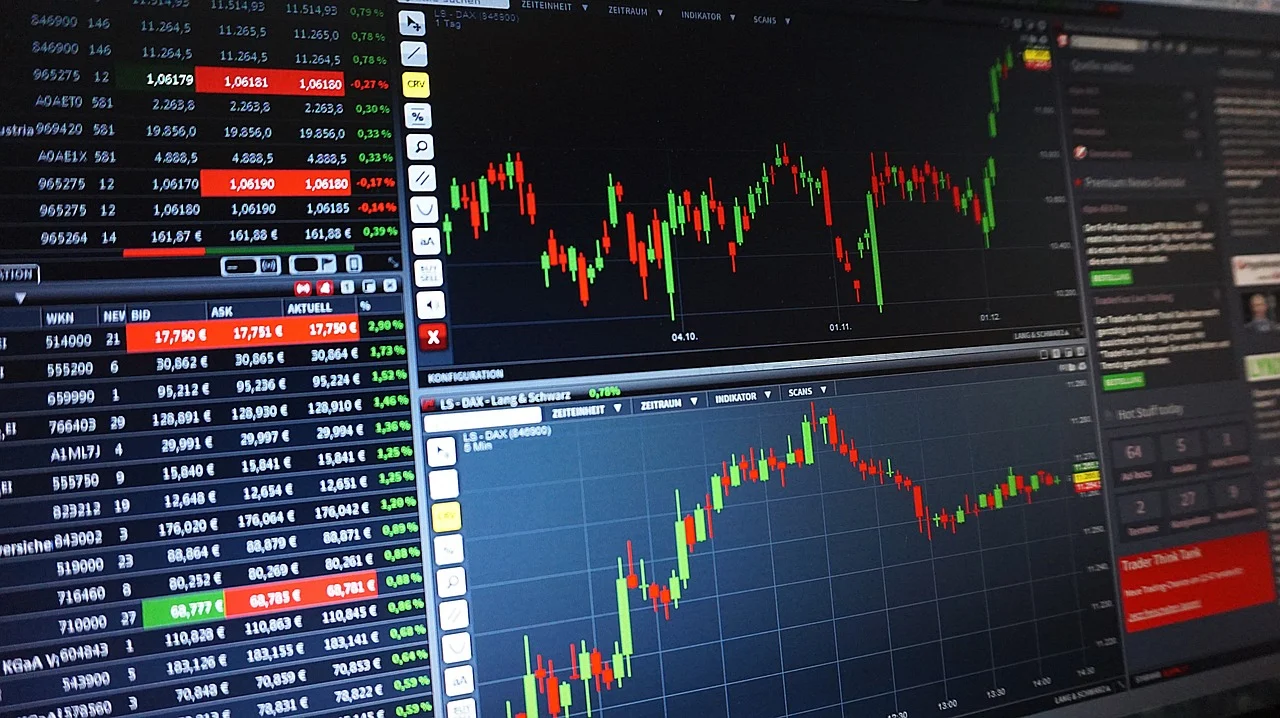
The way your trades are being executed is another factor you should look at when choosing a Forex broker. First and foremost, all your orders should be fulfilled reliably by your broker, without harming delays or price re-quotes. This of course also includes the execution of your limit orders, stop orders, Stop-Loss and Take-Profit orders.
Brokers make most of their money by the spread between the Bid and Ask price for a currency pair. Additionally, some brokers may also take commissions for all or certain types of trades. Comparing the spreads and commissions is always a good way to find out where Forex trading can be done as cheap as possible.
You should additionally be aware of the different ways a broker processes your Forex trading orders. There are 2 general types of Forex Brokers: Dealing Desk Brokers and No-Dealing Desk Brokers.
Dealing Desk Brokers (DD Brokers) act as market makers. They provide the liquidity for a market and oftentimes take the opposite position to that of their clients. This can sometimes lead to situations of conflict of interest. The market-making model also means that DD Brokers not seldom provide artificial quotes. On the other hand however, Dealing Desk Brokers are generally known to provide the most attractive spreads in Forex trading (since they don’t rely as much on them and can make money by counter trades), making Forex trading especially affordable.
Non-Dealing Desk Brokers (NDD Brokers) do not act as marker makers. Instead, they connect their clients with external liquidity providers (Banks, Hedge Funds, Investors, etc.) and by that, allow their clients access to the real Forex markets. There are 3 different types of NDD Brokers:
- STP Brokers
STP (Straight-Through-Processing) Brokers are NDD Brokers, who connect their clients with the Broker’s internal pool of liquidity providers. The liquidity providers compete for the best Bid/Ask price of the STP Brokers and then take the counterpart position of the STP Broker’s client trades. STP Brokers basically form the bridge between their clients and big liquidity providers. - ECN Brokers
ECN (Electronic Communication Network) Brokers are NDD Brokers, who automatically connect their clients with the liquidity providers through an electronic hub where all traders and banks, hedge funds, investment funds, etc. are interconnected. ECN Forex trading is the most “real” and fastest trading experience where your broker really only provides the infrastructure for the Forex trading. However, ECN Forex trading is also known to be the most expensive form of Forex trading. You are usually not allowed to trade in Micro Lots (0.01). The minimum allowed trade sizes are either Mini Lots (0.1) or even more. This is because the big banks or hedge funds are usually not interested in trading in such low volumes. - Hybrid Brokers
Hybrid Brokers combine the STP and ECN Forex trading forms and offer their clients whatever is best in their case.
Generally speaking, a DD Broker seems perhaps best for beginners and traders who want to trade in smaller volumes and less risks.
But if you want to get real about Forex trading and have access to the real markets, you should definitely opt for a NDD Broker instead.
There isn’t ultimately that much of a difference between the STP and ECN models. STP Forex trading tends to be more affordable, while ECN is more real and faster. Of course, you could always choose a Hybrid Broker who offers both trade execution types.
Trustworthiness / Security
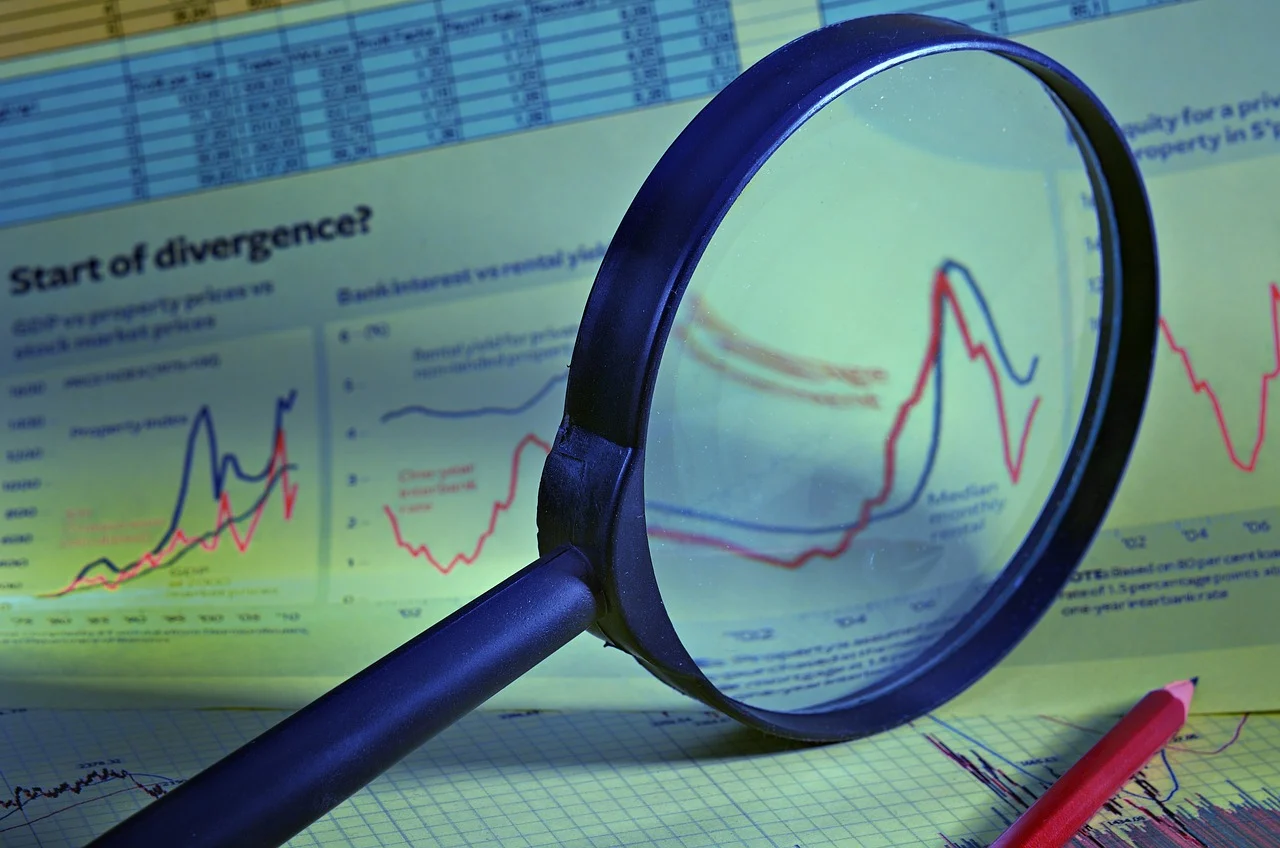
The Forex market not being as regulated is usually seen as an advantage for Forex trading. And it generally is. However, there is unfortunately also a major drawback to this less strictly regulated market. It means that the entry level for brokers are much lower which makes it possible for some “bad apples” to find their way onto the market.
When choosing a broker, you should therefore always make sure the broker is regulated with a trustworthy regulatory authority and that the broker discloses enough information about its available financials and safety nets. There is always a risk that your broker may go broke and in such case, you should not have to worry about getting your account balance paid back.
Some of the most trustworthy regulatory authorities are:
- ESMA (European Securities and Markets Authority, EU)
- CFTC / NFA (Commodity Futures Trading Commission / National Futures Association, USA)
- FCA (Financial Conduct Authority, UK)
- FSA (Financial Services Authority, Japan)
Other factors to consider are the payout method, available trading platforms (especially when it comes to reliable mobile Forex trading) and reliability in fulfilling your trading orders (including stop-loss and trailing stop orders).
The age of a broker can usually also be considered as a good indicator for trustworthiness (untrustworthy brokers usually don’t last very long).

